#Women in stem
Text

Mathematician, physician and philosopher (1776-1831), Sophie Germain was a genius who fought hard to be heard a recognized.
A self-taught prodigy
The daughter of a silk merchant, Sophie was born in Paris to a relatively wealthy family. When the French Revolution broke out in 1789, her father became a member of the Constituent Assembly. Amidst the chaos, Sophie found solace in her father's library and discovered mathematics.
Fascinated by the subject, she learned everything she could, studying at night. Her parents disapproved. Mathematics was thought to be too complex for women who had to focus first and foremost on their home.
Sophie's parents tried to stop her by putting out the fire in her room at night and confiscating her clothes and candles after nightfall. Sophie's thirst for knowledge was stronger. According to her obituary, she studied “at night in a room so cold that the ink often froze in its well, working enveloped with covers by the light of a lamp”. She even taught herself Latin to read the essential works.
Sophie impresses
The École Polytechnique was founded in 1974 with to train a new elite of engineers, mathematicians and scientists. Being a woman, Sophie couldn’t attend. She learned that a student named Leblanc wasn’t able to go to class. She wrote to the school, pretending to be him, and managed to obtain lecture notes. She was also able to complete and submit assignments.
This promising student impressed mathematician Joseph-Louis Lagrange who found her answers brilliant. The self-taught Sophie had gained the admiration of one of the most renowned mathematicians of her time.
Lagrange's desire to meet her forced Sophie to reveal her real identity. Lagrange was at first surprised to learn that his correspondent was a woman. He nonetheless became Sophie’s mentor, introducing her to a new world and opportunities.
Sophie made major contributions to number theory. She worked on Fermat's last theorem, making major observations and creating her own theorem. This would be one of her major contributions to mathematics.
In 1804, she began a correspondence with another mathematician, Carl Friedrich Gauss, whose work she admired. He was similarly impressed by her intelligence:
“But how to describe to you my admiration and astonishment at seeing my esteemed correspondent Monsieur Leblanc metamorphose himself into this illustrious personage who gives such a brilliant example of what I would find it difficult to believe. A taste for the abstract sciences in general and above all the mysteries of numbers is excessively rare: one is not astonished at it: the enchanting charms of this sublime science reveal only to those who have the courage to go deeply into it. But when a person of the sex which, according to our customs and prejudices, must encounter infinitely more difficulties than men to familiarize herself with these thorny researches, succeeds nevertheless in surmounting these obstacles and penetrating the most obscure parts of them, then without doubt she must have the noblest courage, quite extraordinary talents and superior genius.”
An incomplete recognition
Sophie was also interested in physics. In 1811, she entered a contest held by the French Academy of Sciences, but her lack of formal education turned against her. She didn't give up and won the contest in 1816 with her Memoir on the vibrations of Elastic Plates. She kept working on the theory of elasticity and published several more memoirs. Her work would prove pivotal in the field.
This prize also meant official recognition for Sophie. In 1823, she became the first woman to be allowed at the Academy of Sciences' sessions. Though respected as an equal collaborator by some, she still felt like a “foreigner” in the scientific community.
Sophie Germain died at the age of 55, on June 27, 1831, after a battle with breast cancer. Carl Friedrich Gauss had convinced the university of the University of Gottingen to give her an honorary degree but Sophie was dead before she could receive it.
Her death certificate designated her as a "rentière-annuitant" (a single woman with no profession) instead of a mathematician.
Today, a street in Paris, schools in France and a crater on Venus are named in her honor. She appeared on a French postal stamp released in 2016.
Feel free to check out my Ko-Fi if you like what I do! Your support would be greatly appreciated.

Further reading
Alkalay-Houlihan Coleen, “Sophie Germain and special cases of Fermat’s last theorem”
Boyé Anne,, “Sophie Germain, une mathématicienne face aux préjugés de son temps”
“Biographies of women mathematicians : Sophie Germain”
Lamboley Gilbert, “Math’s hidden woman”
Koppe Martin, “Sophie Germain, une pionnière enfin reconnue”
#sophie germain#history#historyedit#women in history#19th century#france#french history#upthebaguette#herstory#mathematics#mathematicians#historical#historical figures#women in stem#european history#historyblr
48 notes
·
View notes
Text

Best of luck with the finals, lovelies. Working on my last lab report for the semester (✿´‿`)
#chaotic studyblr#stem studyblr#studyinspo#stuydblr#study aesthetic#study blog#study notes#studying#studyblr#studyspo#study motivation#study notes bc i cant draw often bc college is mean#chaotic notes#messy notes#its ok to not have aesthetic notes trust me#lab notes#chemistry#stem aesthetic#stem academia#stemblr#stem#women in stem#stem student#chaotic academic aesthetic#chaotic academia#dark academia
24 notes
·
View notes
Text
9/15 days of productivity
27-04-2024. Saturday
• revised Human Reproduction
• revised Sexual Reproduction in Flowering Plants
• attempted tests on Sexual Reproduction in Flowering Plants
• solved solution numericals
Hope everyone's day went well. 🤍
#neet2025#neetcore#science#study aesthetic#study motivation#study blog#studyblr#studyspo#women in stem#study with me#studyblr community#studying
15 notes
·
View notes
Text
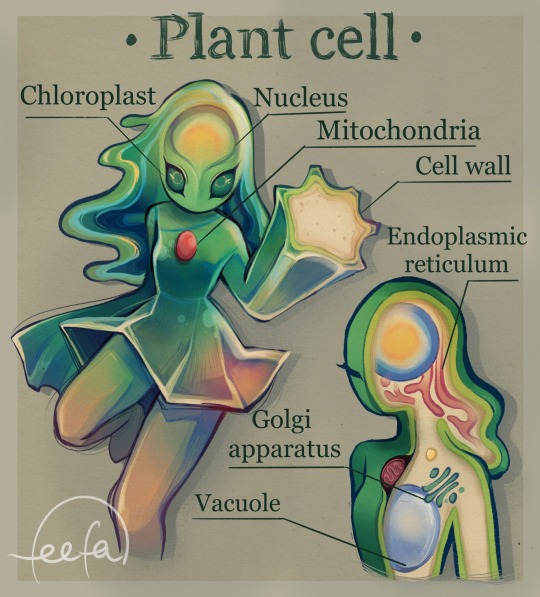
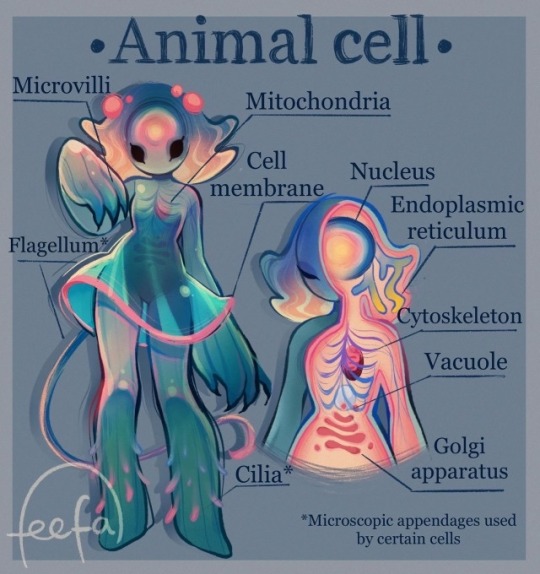

Eukaryotic cell gang!! We love women in STEM.
The organelles of the cells have been translated into human anatomy, so the nucleus is the brain, the vacuole function as the lungs, and the mitochondria is the heart since it’s the… you already know, I don’t have to say it ;)
116K notes
·
View notes
Text
"Culinary students will literally have a spaghetti due at 8" "Art students will literally turn in some shapes at the end of the week" Well I have 40 insects due next month. If you even care.
#would it be funny if I tagged this as women in stem#I love when the entomology course I take for fun turns around and shoots me directly in the face with a pistol#entomology#women in stem
50K notes
·
View notes
Text
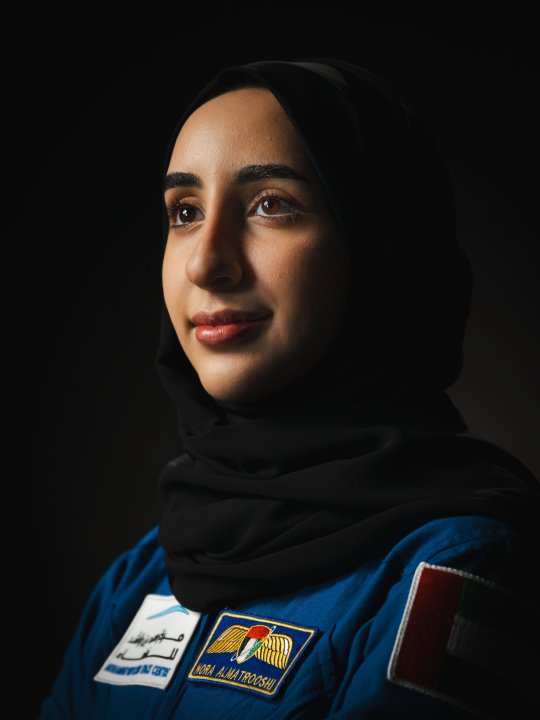
Nora AlMatrooshi
Nora AlMatrooshi, the first Emirati woman astronaut, worked as a piping engineer before becoming an astronaut candidate for the United Arab Emirates. https://mbrsc.ae/team/nora/
Make sure to follow us on Tumblr for your regular dose of space!
#NASA#astronaut#NASA Yearbook#graduation#Class of 2024#space#Inspiration#UAE#United Arab Emirates#engineer#engineering#women in STEM#women in engineering#STEM
16K notes
·
View notes
Text

I'm doing it gang, I've spent stupider gardening money before like when I dropped $300 on shade loving perennial bulbs only to learn they were also plants that rotted with wet feet and all immediately died in my swampy gumbo soil
I'm buying two firefly petunias. I've never grown petunias much because where I live they're a winter annual but fuck it I'll grow them as an indoor plant I certainly have the sun to do it.
They're supposed to ship to me in April, I'll report back on if they immidiately die or this is the coolest thing I own. My biochemical engineering design project was using a similar chemical pathway to modify bacteria to glow in the presence of specific toxins so I absolutely need glowing petunias in my window box
13K notes
·
View notes
Text
A snapshot of one morning, on a relaxed day with mild weather. Now imagine this when it's crowded or when it's raining or snowing.
Video description: POV from the lap of a wheelchair user. Very shaky. OP is going downhill on a fall day. Lots of trees and fallen leaves around. There are construction trucks to the left in the very beginning. Every now and then, you can see a German Shepherd on the left. Second obstacle shows a food robot crossing the sidewalk to drive in front of OP, but it stops suddenly and OP crashes into it. OP continues down the hill until she reaches another food robot, which is obstacle 3. This robot sits in the middle of the sidewalk while OP navigates around it. Then OP comes to a concrete ramp with iron railings, which is obstacle 3.5. It is very steep. After the ramp, OP goes to cross the street, where a black SUV blows through the crosswalk. Obstacle 4 is a ramp with red brick. OP struggles to move up and pauses at one point before continuing again to obstacle 5, where there is a big concrete building and manual doors. The German Shepherd service dog goes up to push the accessibility button multiple times to no avail. A student comes and opens the door, OP enters through two sets of doors into a hallway. Clip change to obstacle 6, OP is wheeling down a hallway and approaches a white elevator with out of order signs.
End of description.
#actually disabled#disabled#ambulatory wheelchair user#service dog#college#wheelchair#manual wheelchair#disability#inaccessibility#wheelie#city bus#college campus#campus bus#student#stem#women in stem#disabled scientist#disabled people in stem#service dog in training#dogs#german shepherd#assistance dog#shaky camera#flashing
8K notes
·
View notes
Text

Engineer Karen Leadlay in a General Dynamics computer lab, 1964.
2K notes
·
View notes
Text
41K notes
·
View notes
Text
why neuroscience is cool
space & the brain are like the two final frontiers
we know just enough to know we know nothing
there are radically new theories all. the. time. and even just in my research assistant work i've been able to meet with, talk to, and work with the people making them
it's such a philosophical science
potential to do a lot of good in fighting neurological diseases
things like BCI (brain computer interface) and OI (organoid intelligence) are soooooo new and anyone's game - motivation to study hard and be successful so i can take back my field from elon musk
machine learning is going to rapidly increase neuroscience progress i promise you. we get so caught up in AI stealing jobs but yes please steal my job of manually analyzing fMRI scans please i would much prefer to work on the science PLUS computational simulations will soon >>> animal testing to make all drug testing safer and more ethical !! we love ethical AI <3
collab with...everyone under the sun - psychologists, philosophers, ethicists, physicists, molecular biologists, chemists, drug development, machine learning, traditional computing, business, history, education, literally try to name a field we don't work with
it's the brain eeeeee
#my motivation to study so i can be a cool neuroscientist#science#women in stem#academia#stem#stemblr#studyblr#neuroscience#stem romanticism#brain#psychology#machine learning#AI#brain computer interface#organoid intelligence#motivation#positivity#science positivity#cogsci#cognitive science
982 notes
·
View notes
Text
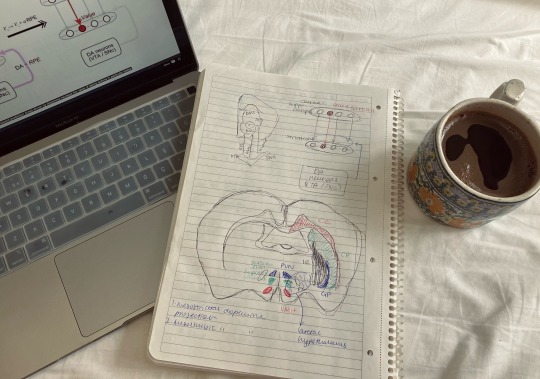
Started the day with a headache but coffee shall save me
#coffee#study notes bc i cant draw often bc college is mean#chaotic studyblr#study motivation#study notes#studyblr#studyspo#stem aesthetic#women in stem#stem student#stem academia#stem#neural science#brain anatomy#stem studyblr#studyinspo#study aesthetic#study blog#finals are killing me
23 notes
·
View notes
Text
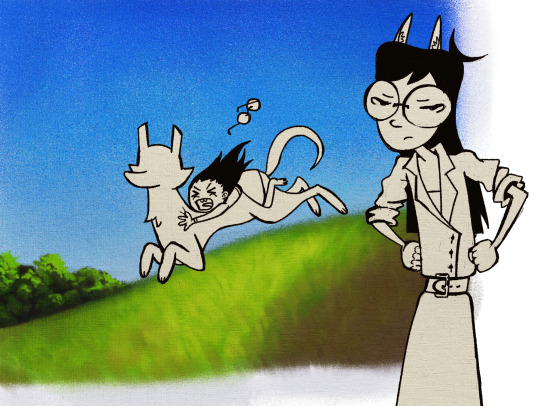
dog is god is... dog
886 notes
·
View notes
Text
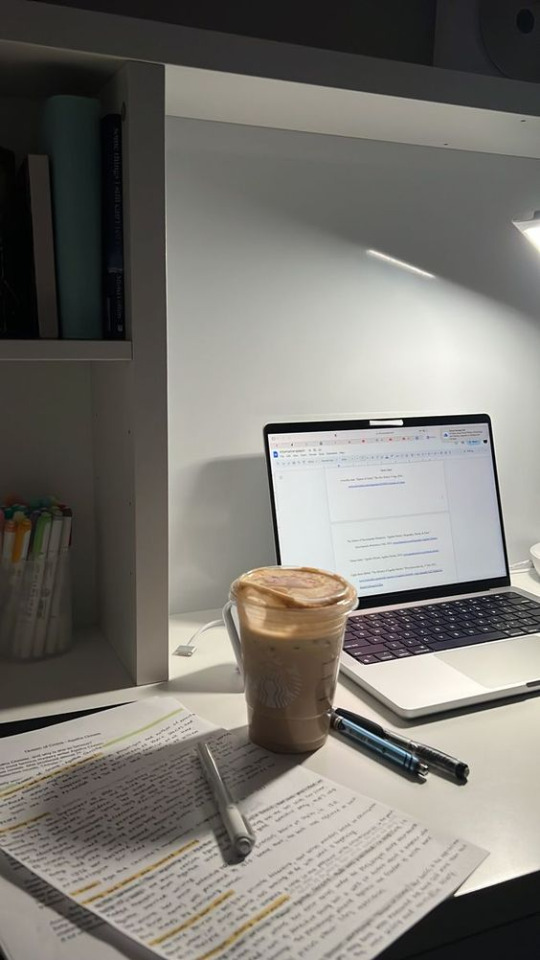
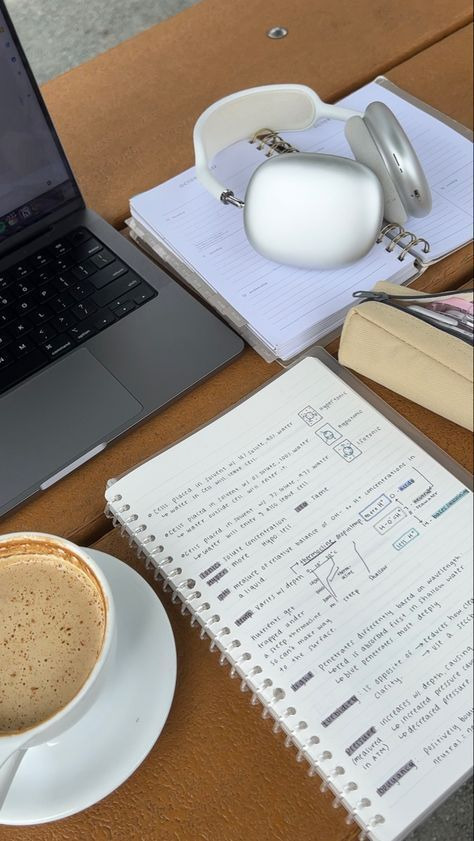
Monday january 22
school is back and we are dying so :), everything feels so horrible and overwhelming but we rollin rollin rollin
🎧 - Spinnin - madison beer
📚 - no time
THINGS I NEED TO DO FOR TOMORROW
essay
assign delegations
study for math
study for chemistry
#study motivation#ib#studyspo#student#study tips#study#high school#chaotic academia#studyblr#academia#study aesthetic#studying#studyspiration#study movitation#study blog#stem#stemblr#women in stem#stem academia#stem student#maths#science education#academics#ibdp#ibd problems#international baccalaureate#ib diploma#ibdp student#paula studies
1K notes
·
View notes
Text
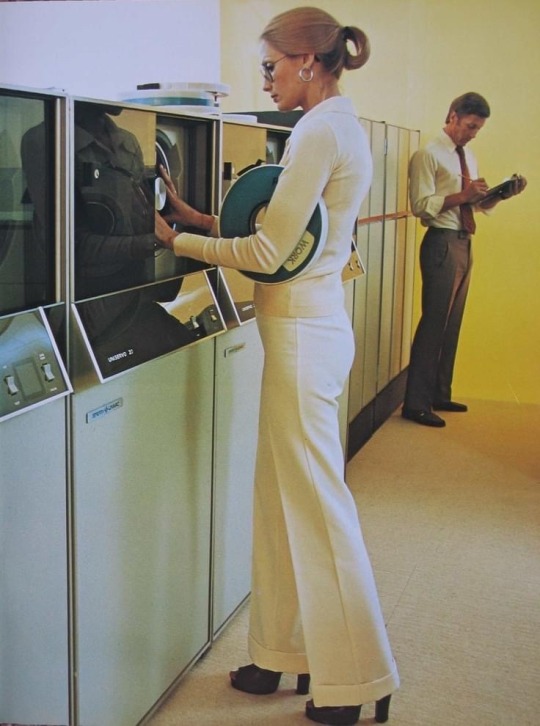
Working in a datacenter in the 70s
#retro#70s#1970s#fashion#datacenter#retrocomputer#70s fashion#vogue#mainframe#magnetic tape#computer operator#retro computers#big iron#women in stem#women in tech
670 notes
·
View notes
Text

LaRue Burbank, mathematician and computer, is just one of the many women who were instrumental to NASA missions.
4 Little Known Women Who Made Huge Contributions to NASA
Women have always played a significant role at NASA and its predecessor NACA, although for much of the agency’s history, they received neither the praise nor recognition that their contributions deserved. To celebrate Women’s History Month – and properly highlight some of the little-known women-led accomplishments of NASA’s early history – our archivists gathered the stories of four women whose work was critical to NASA’s success and paved the way for future generations.
LaRue Burbank: One of the Women Who Helped Land a Man on the Moon
LaRue Burbank was a trailblazing mathematician at NASA. Hired in 1954 at Langley Memorial Aeronautical Laboratory (now NASA’s Langley Research Center), she, like many other young women at NACA, the predecessor to NASA, had a bachelor's degree in mathematics. But unlike most, she also had a physics degree. For the next four years, she worked as a "human computer," conducting complex data analyses for engineers using calculators, slide rules, and other instruments. After NASA's founding, she continued this vital work for Project Mercury.
In 1962, she transferred to the newly established Manned Spacecraft Center (now NASA’s Johnson Space Center) in Houston, becoming one of the few female professionals and managers there. Her expertise in electronics engineering led her to develop critical display systems used by flight controllers in Mission Control to monitor spacecraft during missions. Her work on the Apollo missions was vital to achieving President Kennedy's goal of landing a man on the Moon.
Eilene Galloway: How NASA became… NASA
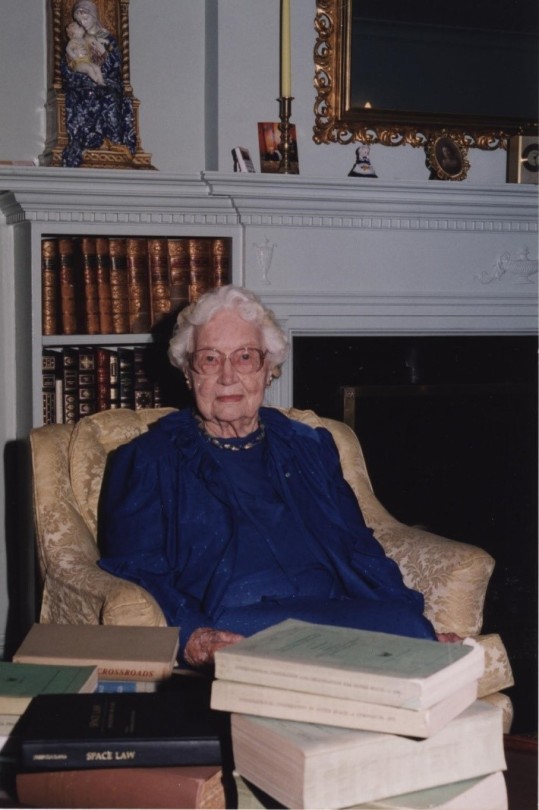
Eilene Galloway wasn't a NASA employee, but she played a huge role in its very creation. In 1957, after the Soviet Union launched Sputnik, Senator Richard Russell Jr. called on Galloway, an expert on the Atomic Energy Act, to write a report on the U.S. response to the space race. Initially, legislators aimed to essentially re-write the Atomic Energy Act to handle the U.S. space goals. However, Galloway argued that the existing military framework wouldn't suffice – a new agency was needed to oversee both military and civilian aspects of space exploration. This included not just defense, but also meteorology, communications, and international cooperation.
Her work on the National Aeronautics and Space Act ensured NASA had the power to accomplish all these goals, without limitations from the Department of Defense or restrictions on international agreements. Galloway is even to thank for the name "National Aeronautics and Space Administration", as initially NASA was to be called “National Aeronautics and Space Agency” which was deemed to not carry enough weight and status for the wide-ranging role that NASA was to fill.
Barbara Scott: The “Star Trek Nerd” Who Led Our Understanding of the Stars
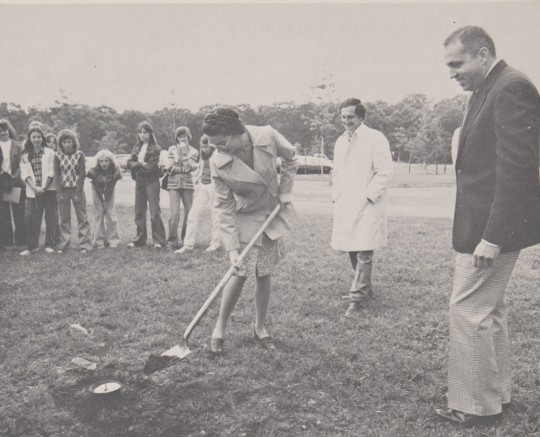
A self-described "Star Trek nerd," Barbara Scott's passion for space wasn't steered toward engineering by her guidance counselor. But that didn't stop her! Fueled by her love of math and computer science, she landed at Goddard Spaceflight Center in 1977. One of the first women working on flight software, Barbara's coding skills became instrumental on missions like the International Ultraviolet Explorer (IUE) and the Thermal Canister Experiment on the Space Shuttle's STS-3. For the final decade of her impressive career, Scott managed the flight software for the iconic Hubble Space Telescope, a testament to her dedication to space exploration.
Dr. Claire Parkinson: An Early Pioneer in Climate Science Whose Work is Still Saving Lives
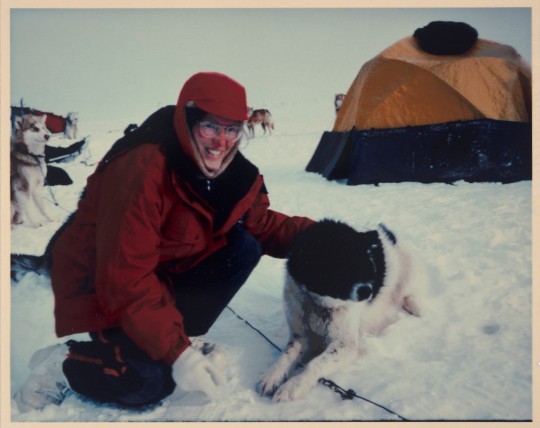
Dr. Claire Parkinson's love of math blossomed into a passion for climate science. Inspired by the Moon landing, and the fight for civil rights, she pursued a graduate degree in climatology. In 1978, her talents landed her at Goddard, where she continued her research on sea ice modeling. But Parkinson's impact goes beyond theory. She began analyzing satellite data, leading to a groundbreaking discovery: a decline in Arctic sea ice coverage between 1973 and 1987. This critical finding caught the attention of Senator Al Gore, highlighting the urgency of climate change.
Parkinson's leadership extended beyond research. As Project Scientist for the Aqua satellite, she championed making its data freely available. This real-time information has benefitted countless projects, from wildfire management to weather forecasting, even aiding in monitoring the COVID-19 pandemic. Parkinson's dedication to understanding sea ice patterns and the impact of climate change continues to be a valuable resource for our planet.
Make sure to follow us on Tumblr for your regular dose of space!
#NASA#space#tech#technology#womens history month#women in STEM#math#climate science#computer science
2K notes
·
View notes